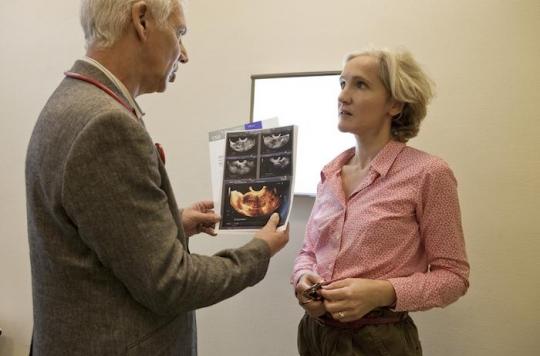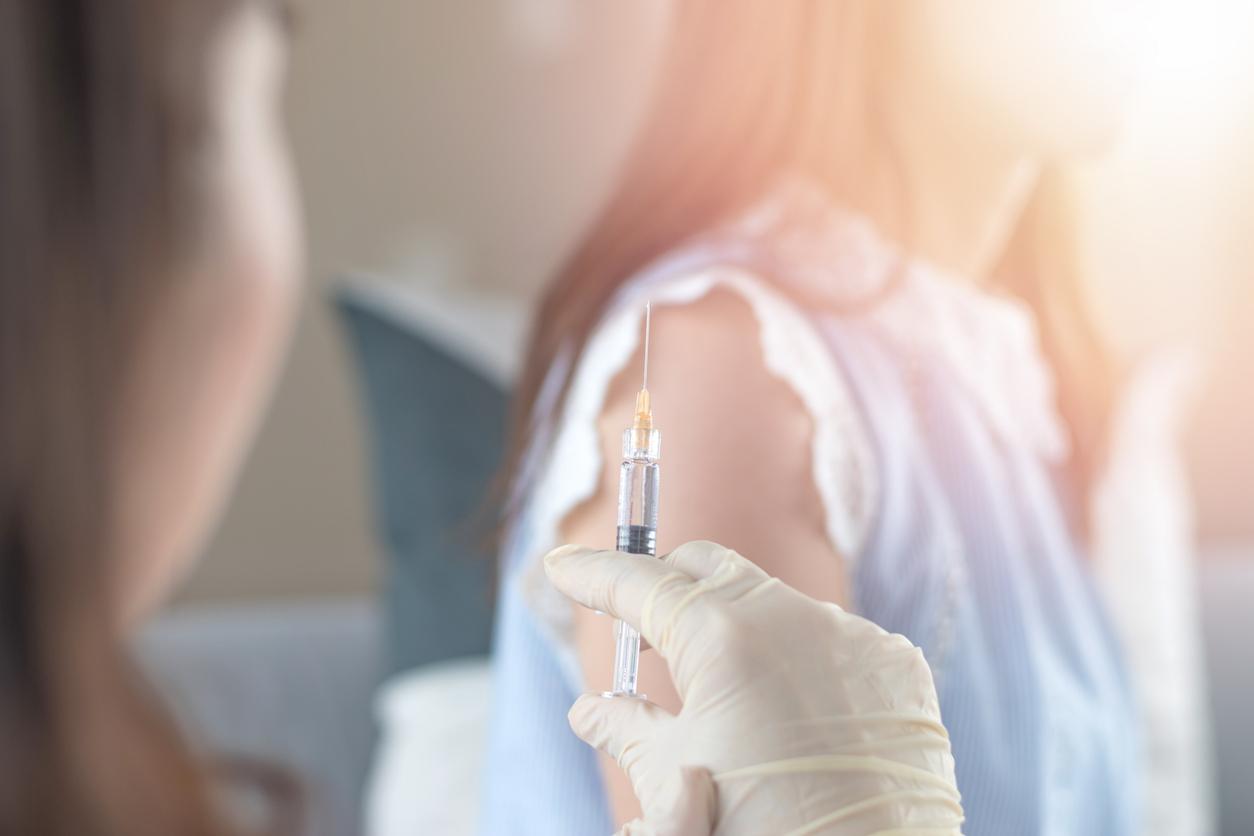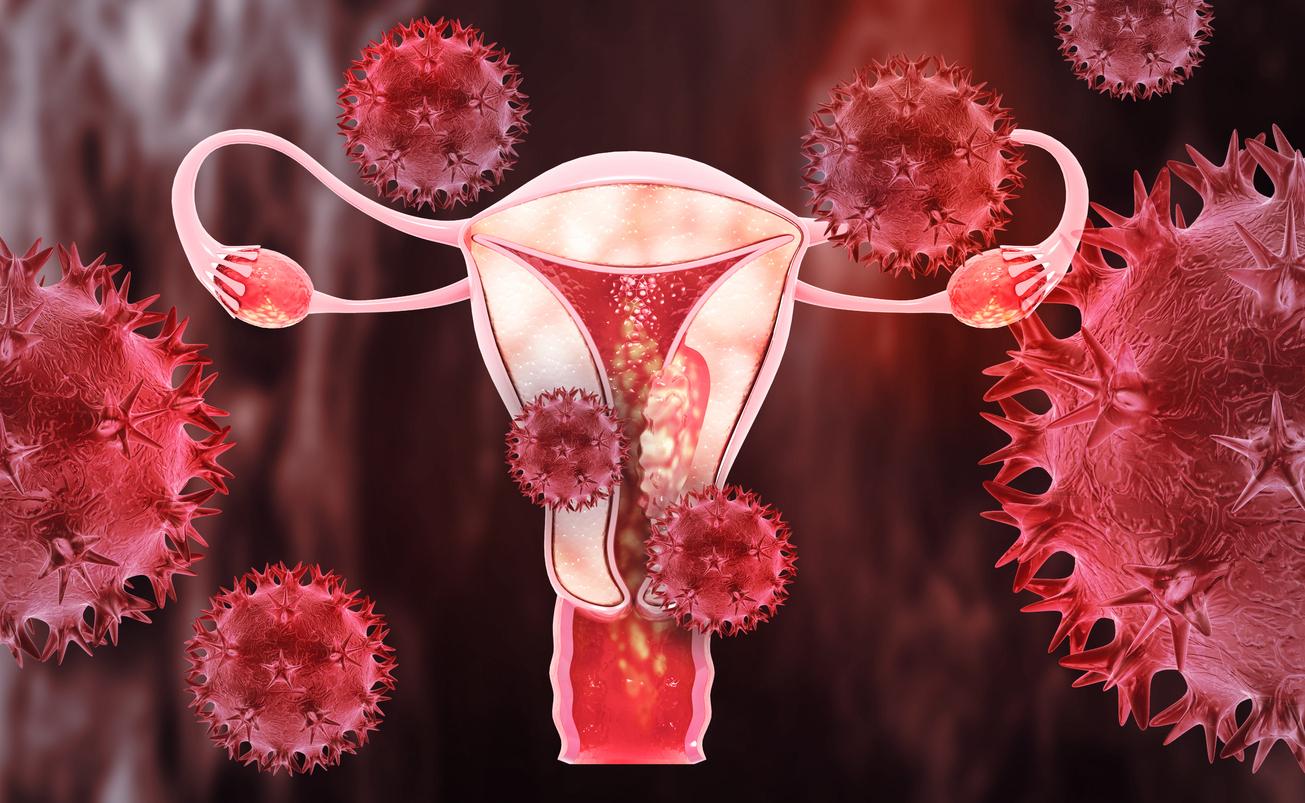American researchers are developing a predictive model capable of detecting ovarian cancer quickly and precisely.

What if a blood test (and a big computer) improved the early detection of ovarian cancer? In any case, this is shown by this study by researchers from Brigham and Women’s Hospital in the United States. published in eLife. Most women are diagnosed with ovarian cancer when the disease has already reached an advanced stage, which makes it difficult to cure: the five-year survival rate is about a quarter of patients.
Early detection tests like ultrasound have a high false positive rate, which is a real problem because women at high risk of developing ovarian cancer are advised to have their ovaries and fallopian tubes removed.
This is why the team of researchers from Brigham and Women’s Hospital tried to develop a tool that would be both more sensitive and more precise in its detection of cancers at their initial stage.
To do this, the team looked at molecules called microRNAs, parts of the genome that control the activation of genes.
Use machine learning to create a database
Cancer cells have different microRNAs from healthy ovarian cells. Unlike the rest of the genome, microRNAs circulate in the blood, making it possible to measure them by a blood test. So the team sequenced blood samples from 135 women with ovarian cancer (just before they had surgery or chemotherapy) to create a database that was then provided to a doctor. computer: the goal being for the algorithms to detect microRNA differences between cases of ovarian cancer, benign tumors, non-invasive tumors and healthy tissue.
Using the machine learning technique (machine learning, in English), the team managed to obtain a very large amount of data on microRNAs and were able to develop a predictive model.
Much better results thanks to microRNAs
The team tested this model on a group of 859 patients and the results are very encouraging. Detection using microRNAs has been shown to be far superior to results obtained with ultrasound, the technique currently used to detect cancer. When 5% of abnormal tests performed by ultrasound turn out to be ovarian cancer (an extremely high false positive rate), almost 100% of abnormal tests detected by the team’s technique point to cases of ovarian cancer. .
The first encouraging results which, if confirmed, could have a real impact on the future detection of ovarian cancer, a disease which affects around one in 70 women and which is responsible for 3,150 deaths per year in France.
.















